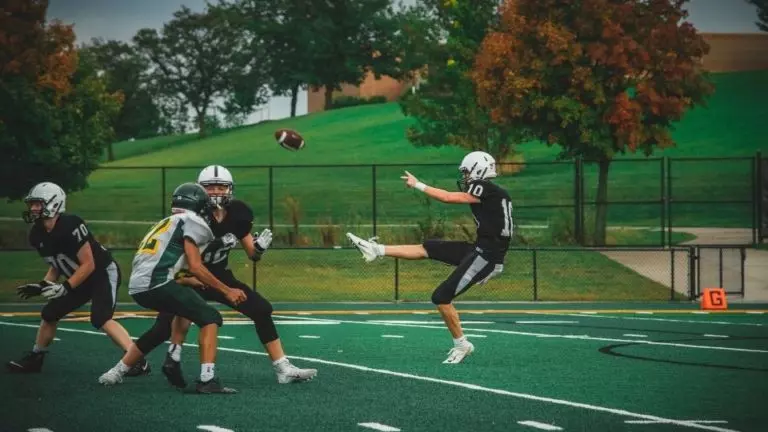For many years the NCAA has dealt with verbal commitments and NLI. Many athletes have this dream and goal to play college sports, but before all that can happen; there are a few steps that have to be taken. The most significant steps that have to be taken are verbal commitment and National Letter of Intent. The commitment process as a whole can be a little confusing and stressful for many, but don't worry; I will break a few things down here for you.
Verbal Commitment
When an athlete verbally agrees to play a particular sport at a specific college, this is a verbal commitment. The NCAA says, “The commitment is not binding on the student-athlete or the school and can be made at any time.” A verbal commitment does NOT come with any written agreement. This type of commitment is a verbal “promise” between the athlete and the coach. Be aware; this commitment does not guarantee any scholarship in the future. Colleges do not have to honor this type of commitment, but it is very uncommon to have a college bailout. This bailout could happen if a head college coach changes or if the coach over-verbally commits to many people. A verbal commitment can happen in two forms, over the phone or in person on campus. For example, my teammate Lea said, “I was over the phone when I committed! I got an offer on campus but had two other offers I wanted to consider before making the decision, so I waited a few days and then called to commit.” These college coaches can start reaching out to athletes on September 1st of their junior year of high school. Many athletes take pride in this part of their recruiting process because having this verbal commitment label shows colleges that you aren't looking anywhere else/you are not interested.
NLI (National Letter of Intent)
The day an athlete gets to sign their National Letter of Intent is one of those days they will never forget. The National Letter of Intent is signed by the student-athlete when they agree to attend a D1 or D2 college. Once you sign this letter, this is the end of the recruiting process. With this being said, no other colleges can recruit you once you sign this letter. After signing this letter and you decide you don't want to attend the school you signed with, you must get a request for release. The NCAA states, “If a student-athlete signs a National Letter of Intent with one school but attends a different school, he or she loses one full year of eligibility and must complete a full academic year at the new school before being eligible to compete.” Once you sign this letter, you are all set for one academic year at that college. A National Letter of Intent can non-binding in certain situations, meaning that signing the letter is really only a formality and backing out would not result in repercussions. Check with your coach to see what signing an NLI really means.







